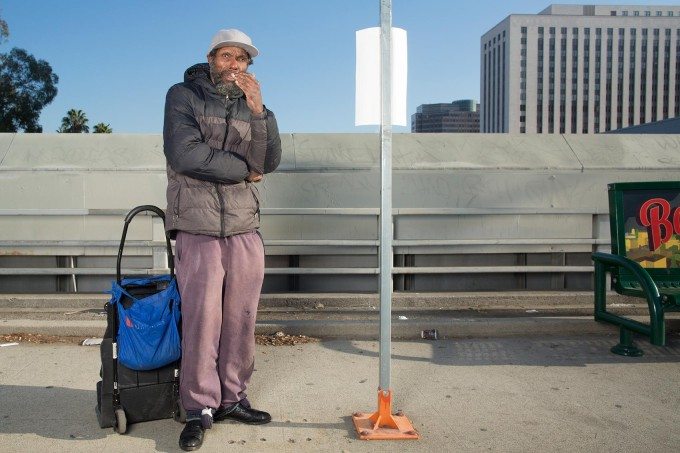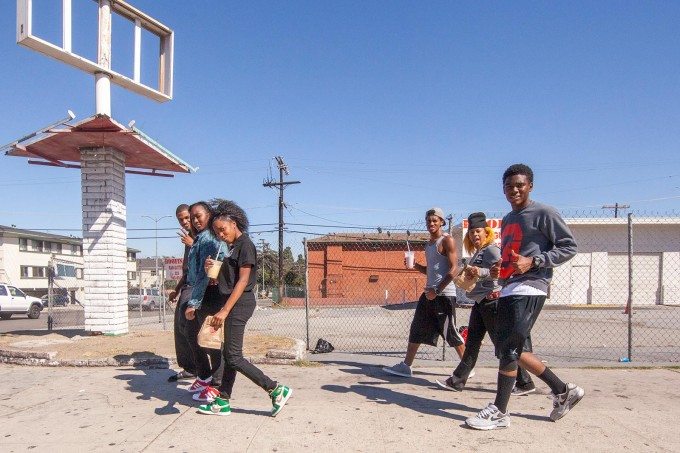
All images are copyrighted by Lever Ruhkin and are being used with permission.
Lever Rukhin is an LA-based documentary photographer, whose spent a considerable photographing a part of Los Angeles that most people don’t get to see. We first learned of his work when a reader wrote in urging us to look at his site.
“He’s amazing. You need to look at this work. No one has documented the underbelly of Los Angeles with as much clarity. You need to see what he’s done over and over again with his “drive by” shootings. People will be looking back at this collection three decades from now and marveling at what poverty with dignity looks like in a place known for sun and fun.”
After reading that, we had to take a look, and what we found were slices of life awash in artificial light, a curious technique in daytime photography on the street. So, we reached out to Lever for an interview.
For more of Lever’s work, check out his website.
Phoblographer: I’ve heard your work described as the 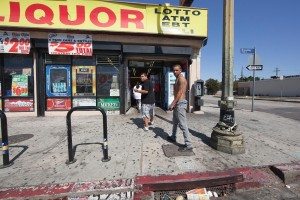 “underbelly of Los Angeles”. How did you first get involved in photographing this side of LA?
“underbelly of Los Angeles”. How did you first get involved in photographing this side of LA?
Lever: It is easy to call the content of the Drive-By series as “the underbelly of Los Angeles”, but that may be both, a misconception and an unfair pejorative. The ‘character’ citizens and mis-en-scene are the under-represented majority of Los Angeles that many driving through the city fail to notice as their eyes become simultaneously bedazzled and conditioned by cheery palm trees, movie stars, mansions. But it is behind the Potemkin Village that I appreciate and try to capture the stories being told.
Phoblographer: Why did you decide to photograph so much from your car?
Lever: Los Angeles sold its soul to the automobile after uprooting Huntington’s public rail system long ago, giving birth to a tremendous car culture. Shooting from a car, allows me roll up to a story taking place, document it without disturbing it, and leave.
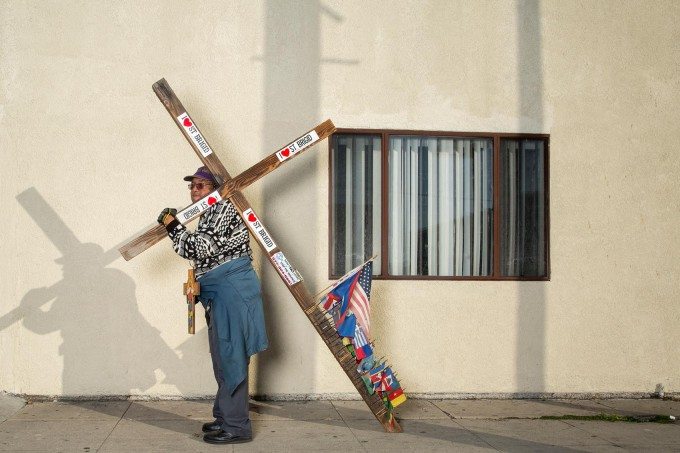
Phoblographer: It looks like many of these images have artificial lighting in them. What’s your gear setup, and how do you introduce so much light into the scene from your car?
Lever: About 9 months ago, I affixed a Mola beauty dish onto the roof rack of my ’75 Volvo and juice it with a profoto bi-tube. This takes a bit of practice, as making a turn changes the light completely, which I always try to keep balanced. The Canon 5D3 with a 24mm f1.4 is set up on a tripod. The strobe has allowed me to capture more detail as well as creating a somewhat surreal feel to the sets.
Phoblographer: How did you first get your start in photography, and how did you develop your style?
Lever: After UCLA, I decided to circle the world on a motorcycle to write a book about the last days of the twentieth century. I bought a used 35mm camera to illustrate it and really got into photography by falling in love with the uniqueness of each subject and location. Nobody sees things the same way, and few are able to share it with others.
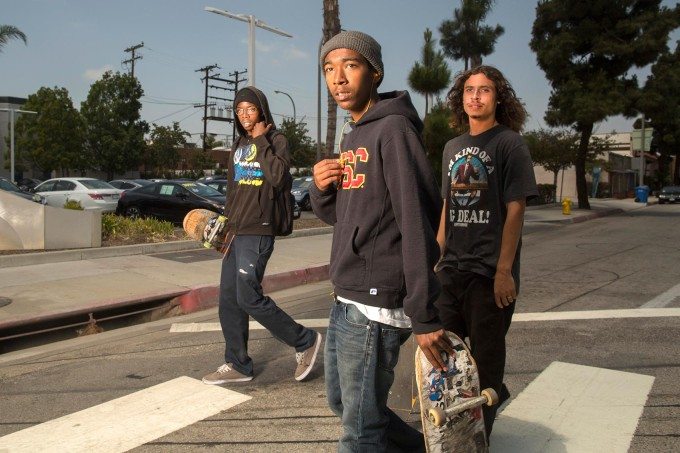
Phoblographer: You write on your website that “the beautiful and hideous struggle for life begs to be documented”. What do you ultimately want the viewer to walk away with after seeing your photographic documentary of LA?
Lever: My documentary work is certainly not didactic, but it does long to be seen. The struggle for human existence cannot and should not be polished and seen on stage. It should be told in the raw. Which, luckily or not, is not always beautiful.
Phoblographer: Have you had any dangerous situations, and if so, how did you navigate them?
Lever: Three skaters in Culver City tried to pick a fight when the flash went off in their face. Such a great image—I wish I could share it with them. I understand why they were pissed, and I wish I could make them understand how they are now part of the narrative. They chased me for a while (I had to wend through traffic), to keep them from damaging the expensive equipment. Other than that, most forget their photo was taken after a few seconds. After driving away, I am out of sight and out of mind.
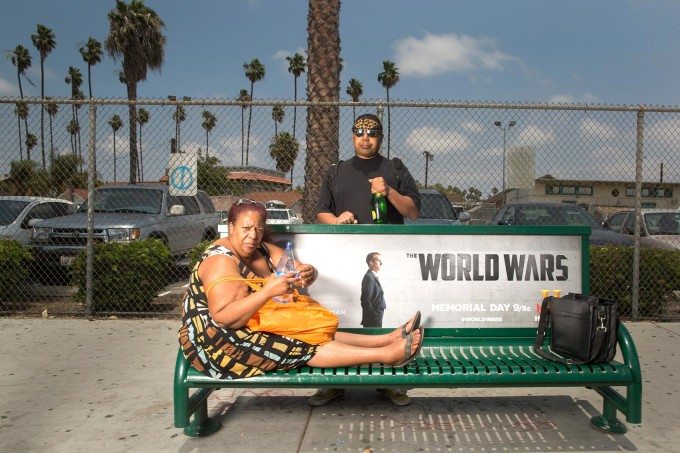
Phoblographer: It seems many of your subjects were aware of your presence. What do you think that awareness adds to the images, and how did you negotiate both the emotional and physical distance with your subjects?
Lever: Many images wouldn’t work if the subjects had their backs turned. If I think it would contribute to the composition, I’ll call something out to get their attention. An “I love you!” or “you’re beautiful!” usually works.
Phoblographer: What piece of advice do you have for fledgling documentary photographers?
Lever: Keep shooting and follow the sparks. Photograph what you are in love with and lend it as much dignity as you can.
